
Children who have acute lymphoblastic leukemia (ALL) can reduce their risk of infection by consuming a diet rich in fruits and vegetable, according to a new 2-year cohort study.

Children who have acute lymphoblastic leukemia (ALL) can reduce their risk of infection by consuming a diet rich in fruits and vegetable, according to a new 2-year cohort study.
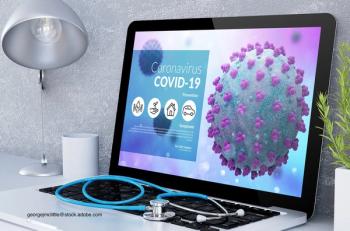
Data from China had indicated a milder disease course overall in pediatric cases and now new data from Italy continues to confirm that conclusion.

A study in children with asthma showed that a medical and behavioral intervention program delivered by video-based telehealth is feasible and can significantly improve asthma outcomes and care.

The American Academy of Pediatrics (AAP) has issued a new clinical report on promoting sexual and reproductive health in adolescent males.

A retrospective study in 73 patients aged from 5 to 20 years who underwent laparoscopic appendectomy found that after hospital discharge (within 2 days of surgery) most patients had adequate analgesia without being prescribed opioids.

A new study adds to previous research on the impact of exposure in utero to antidepressants.

The front line of the COVID-19 pandemic is a dangerous place. A new study highlights just how many health care workers are at risk of poor outcomes.
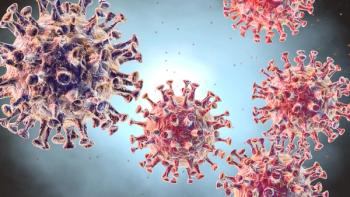
As pediatric cases of COVID-19 grow, a new study warns that pediatric care centers could become overwhelmed.

The development of congenital heart disease has many potential factors. New research indicates that maternal exposure to pollutants and deprivation can increase the risk of the disease for their offspring.

Long-term counseling about diet can have a positive effect on adult cardiometabolic health, according to a new study.

Curious children are getting into their homes’ COVID-19 cleaning supplies and disinfectant products at an alarming rate, according to data from US Poison Control Centers and the Centers for Disease Control and Prevention.
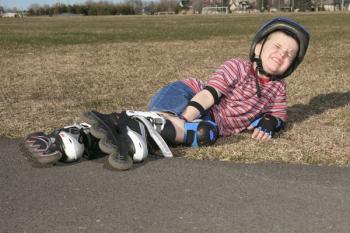
A bone fracture is a painful event for all children, but a new study indicates that it could be more painful for some.

Parents may think they are protecting their children by hiding life’s stresses, but a new study suggests that children pick up on these cues and become stressed themselves.

The US Food and Drug Administration (FDA) has approved the use of Jublia (efinaconazole) topical solution, 10%, to include children aged 6 years and older with toenail fungal infections.

The battle to keep tobacco out of the hands of children and minors is occurring on many fronts but may be lost at the point-of-sale.

The complete toll of self-isolation to flatten the curve of COVID-19 remains unknown, but a new research letter from China shows that stay-at-home measures have increased depression and anxiety symptoms among children.
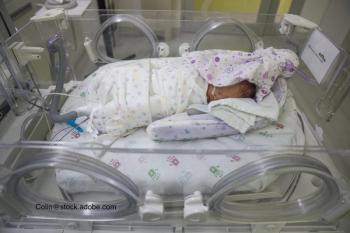
A simplified assessment could determine the need for medications to treat opioid withdrawal in neonates more quickly.

A great practice website can be a way to get new patients into a practice, no matter the time of day.

Not well understood or often studied, nonverbal learning disability (NVLD) may be more prevalent than experts previously believed, according to a new study.

The US FDA has approved Sanofi’s meningococcal (groups A, C, Y, W) conjugate vaccine (MenQuadfi) to prevent invasive meningococcal disease in children aged 2 years or older.

A new study adds more evidence that COVID-19 tends to have a milder course of disease in children. Asymptomatic cases are also common in the pediatric population.

Despite clear guidelines opposing it, some children aged younger than 18 months get screen time with televisions, tablets, or cell phones. A new study indicates that these early exposures could increase the risk of autism spectrum disorder (ASD)-like symptoms later in life.
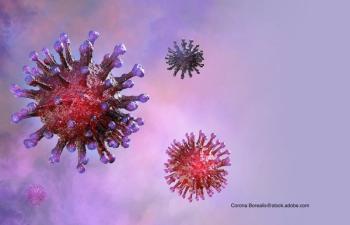
To keep health care providers safe, the Centers for Disease Control and Prevention has issued a collection of tips that guidelines for extending use, recommendations for extended use, reuse recommendations, and a look at the risks that reuse or extended use can carry.

A recent report from the University of Southern Florida in Tampa indicates that the number of children with COVID-19 could be more than previously thought.
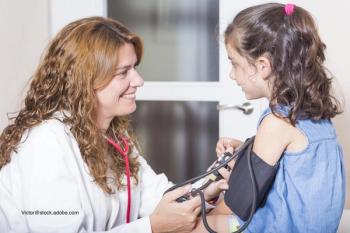
The US Preventive Services Task Force (USPSTF) has issued draft recommendations that highlight the need for further evidence on the efficacy of hypertension screening in pediatrics.
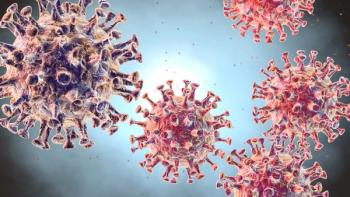
The COVID-19 pandemic continues to rage, but many questions remain. Questions like: How are children coping with the trauma many families are currently experiencing in their family lives? Are schools and pediatric offices prepared to help children and adolescents cope with their losses?

Contemporary Pediatrics spoke with Andrew J. Schuman, Editorial Advisory Board member, clinical assistant professor of Pediatrics, Geisel School of Medicine at Dartmouth, Lebanon, New Hampshire, and practicing pediatrician, about incorporating virtual patient visits-telehealth-into one’s pediatric practice during these times of social distancing and self-quarantine.

The COVID-19 pandemic has financially stressed pediatric practices, with many seeing only 20% to 30% of their typical caseload. The president of the American Academy of Pediatrics (AAP) has called on the US Department of Health and Human Services (HHS) to provide immediate no-strings financial help.

Reading is an important part of childhood and a key to future success. A new study shows that children prefer books with a high amount of causal information.

A new study in Pediatrics examined the trends in malpractice lawsuits, including how many are the subject of a lawsuit and whether the indemnity has changed.